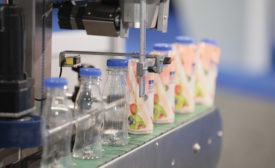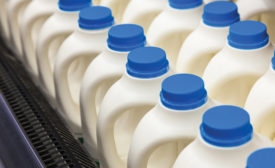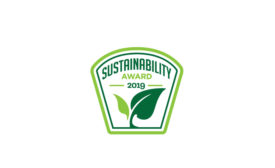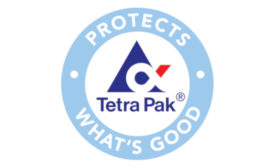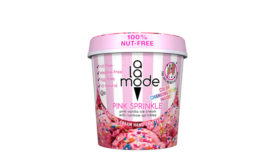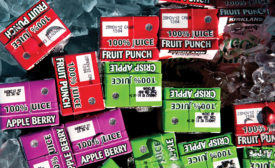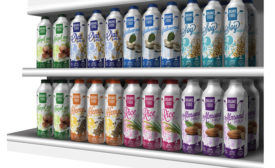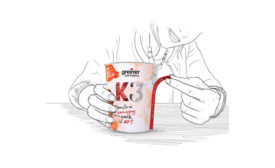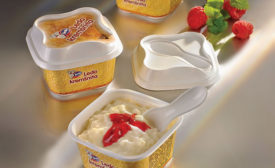Home » sustainable packaging
Articles Tagged with ''sustainable packaging''
A greater market focus on sustainability is leading to the development of more environmentally sound rigid packaging
Read More
Sustainability ranks as top packaging concern
Other trends focus on food safety, consumer convenience, shelf impact and packaging line flexibility
August 20, 2019
Graham Packaging honored for sustainability efforts
The Business Intelligence Group for presented Graham an award for its work in sustainable packaging.
August 6, 2019
Tetra Pak launches paper straws in Europe
Company will put its straw innovations into the public domain to encourage industry collaboration.
July 19, 2019
A La Mode transitions its ice cream to all-natural ingredients
The company also unveiled eco-friendly packaging.
April 15, 2019
Mind the dairy and beverage package
Convenience-minded formats, sustainability claims pick up steam.
February 15, 2018
Rigid containers get a modern twist
New offerings boost shelf impact, sustainability and convenience
February 13, 2018
Sustainable packaging options for dairy foods continues to improve
Demand increases for renewable content and recycled content for milk cartons, yogurt cups and other dairy foods and beverages.
September 15, 2017
Shelf life and shelf impact drive dairy packaging
Two other factors garnering attention from brand marketers are convenience and sustainability. Here’s a look at innovative packaging, including aseptic containers and in-mold labels.
June 8, 2017
Stay ahead of the curve. Unlock a dose of cutting-edge insights.
Receive our premium content directly to your inbox.
SIGN-UP TODAYCopyright ©2024. All Rights Reserved BNP Media.
Design, CMS, Hosting & Web Development :: ePublishing
